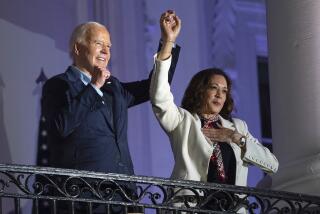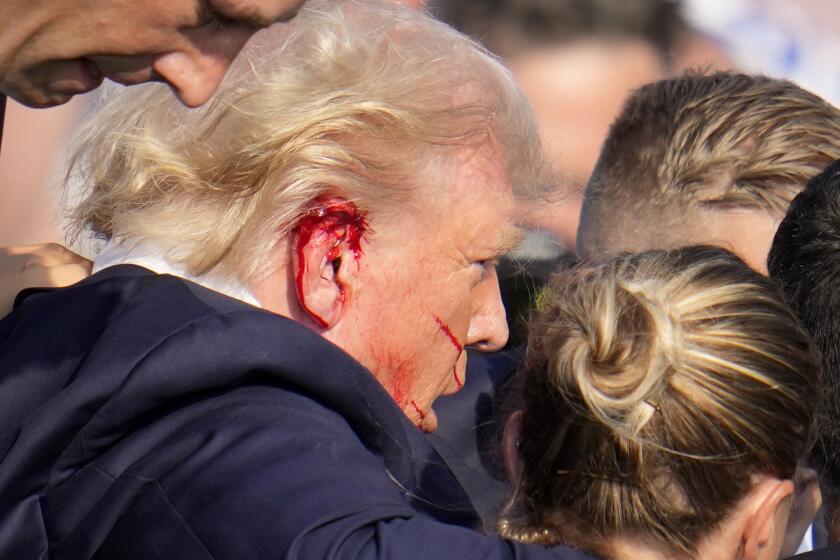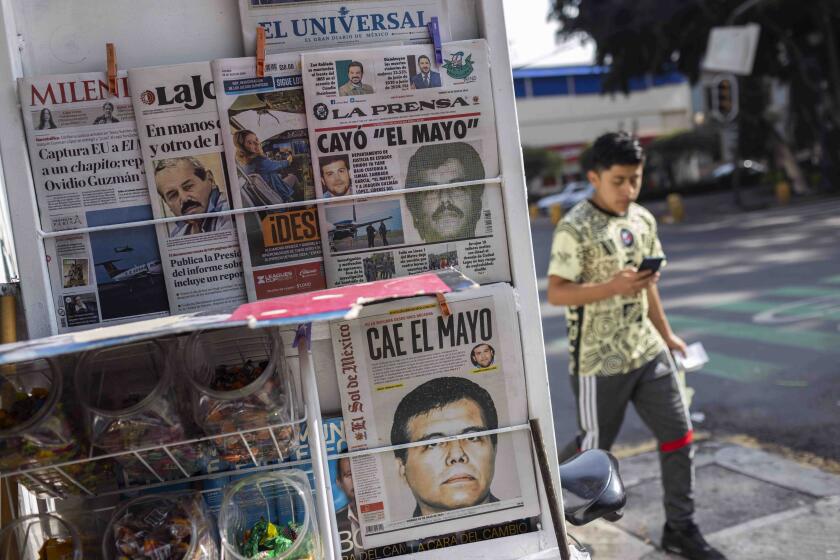Three lessons from the near-final popular vote
More than five weeks after election day, almost all the presidential votes have been counted. Here’s what the near-final tally reveals:
The election really wasn’t close.
On election night, President Obama’s victory margin seemed fairly narrow – just slightly more than 2 percentage points. White House aides anxiously waited to see if Obama would surpass the 2.46-percentage-point margin by which President George W. Bush defeated Sen. John F. Kerry in 2004.
They needn’t have worried. In the weeks since the election, as states have completed their counts, Obama’s margin has grown steadily. From just over 2 percentage points, it now stands at nearly 4. Rather than worry about the Bush-Kerry precedent, White House aides now brag that Obama seems all but certain to achieve a mark hit by only five others in U.S. history – winning the presidency twice with 51% or more of the popular vote.
As of Friday, Obama had 50.97% of the vote to Mitt Romney’s 47.3% with 47 states having certified their final count, according to the statistics compiled assiduously by David Wasserman of the Cook Political Report.
Most of the nation’s remaining uncounted ballots, perhaps as many as 413,000, Wasserman estimated, are in heavily Democratic New York, where officials have until next week to finish their tabulations. The other two states yet to certify a final count are West Virginia, which Romney carried, and Hawaii, which went heavily for its native son, the president. Once all those get tossed into the mix, Obama’s margin almost surely will rise slightly, allowing him to claim the 51% mark without rounding up.
There’s more involved here than just a historical trivia contest (to which Andrew Jackson, Ulysses S. Grant, William McKinley, Franklin D. Roosevelt and Dwight D. Eisenhower would be the other answers). The growth of Obama’s victory margin probably strengthens his hand politically.
Even some of Obama’s political aides were surprised by the size of the overall margin. The campaign intensively polled battleground states, but did not survey the national vote. Since most public polls projected an Obama win of 2 percentage points or less, that’s what many of Obama’s aides expected.
Very few polls correctly projected the size of Obama’s victory.
One notable exception was the poll for Democracy Corps by Greenberg Quinlan Rosner Research, which has also conducted polling for the The Times. The firm’s final poll pegged Obama’s lead at 3.8 points.
Stanley B. Greenberg, who was the chief pollster for President Clinton’s 1992 campaign and Al Gore’s in 2000, attributed the result to a major effort to get enough cellphone calls into the firm’s sample and to ensure a proper representation of young voters and minorities.
Counting the vote still takes a long time and sooner or later, that will cause trouble.
This time around, the length of time needed for a final certification didn’t matter. But as the shift in Obama’s victory margin shows, in a truly close election, counting all those final ballots could make a huge difference. It’s not hard to see that allowing the process to take weeks will, eventually, lead to trouble.
Two groups of ballots account for much of the delay in tabulating votes – absentee ballots that arrive on election day and provisional ballots cast by voters whose names, for one reason or another, don’t appear on their precincts’ voting lists. Both types of ballots require a lot of hand processing. For absentee ballots, clerks need to check signatures. For provisional ballots, they need to determine whether the voter really was eligible.
Those problems could be reduced. States could, for example, encourage voters to cast ballots early in person at voting locations rather than send absentee ballots by mail. They could make the voter registration process more transparent and less prone to error and thereby reduce the number of provisional ballots. And if states paid for more people to process ballots, they could get through the count faster.
Tinkering with the voting machinery, however, inevitably hurts the political interest of one party or the other. For that reason, reform of the election system remains a distant goal.
Twitter:@DavidLauter
More to Read
Sign up for Essential California
The most important California stories and recommendations in your inbox every morning.
You may occasionally receive promotional content from the Los Angeles Times.






